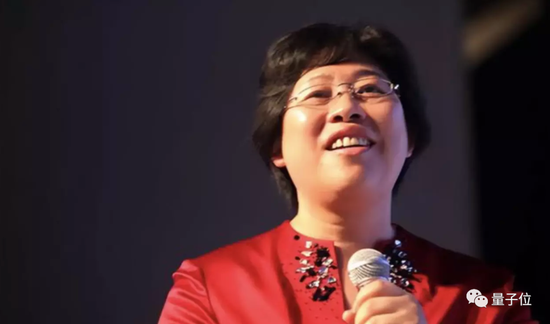
Welcome to the WeChat subscription number of “Sina Technology”: techsina
Text / Jin Lei Xiao Xiao
Source/qubit (ID: QbitAI)
The 59-year-old “shanzhai machine godmother” Rong Xiuli received her first IPO in her life——
Weijie Chuangxin successfully landed on the Science and Technology Innovation Board, with the latest market value of 19.196 billion yuan.
So far, in the large territory of Chinese chips, Tianjin has its name.
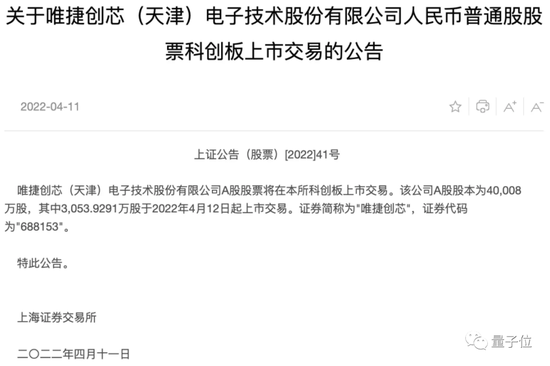
With the exposure of this news, the name “Rong Xiuli” has once again entered the public’s attention.
After all, in the days when China’s mobile phone was still a “feature phone”, she was born in a cow herd, and once made the “copycat phone” the second in the country in terms of sales, and ranked the Hurun IT Rich List with a net worth of 4.2 billion yuan. 11th.
However, after missing the best opportunity for the transformation of smart phones, in the face of the impact of manufacturers such as Xiaomi and Huawei, “copycat phones” have now become old-fashioned phones.
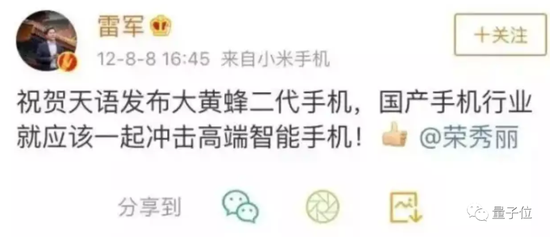
After many years, the former “copycat godmother” began to sprint to make cores again. The company’s valuation before listing was 18 billion yuan (now it has risen to 19.1 billion after listing), and her net worth has risen by more than 4.5 billion.
So this time, in Tianjin, will she be able to make a successful transformation?
“The Godmother of Shanzhai Machines” Creates the First Share of Domestic PAs
The track that Rong Xiuli chose to start a new business is the RF front-end chip.
From 2G to 5G, any electronic device with wireless communication function (mobile phone, tablet, wearable device, etc.) will use this type of chip, and its technology has been undergoing rapid iteration.
Rong Xiuli, who once “scarred” in mobile phone research and development, chose to start a new business in the chip field this time, instead of “outsourcing” the research and development part, but to control the technology in his own hands.
The RF front-end chip is a general term for four types of chips: switch, low noise amplifier (LNA), power amplifier (PA) and filter, among which PA and filter are the most technically difficult.
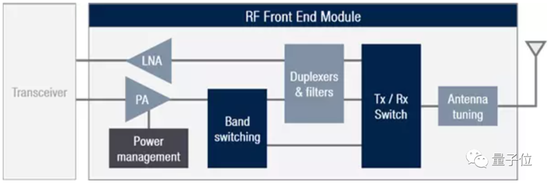
What really makes Weijie Chuangxin stand out from the crowd of RF front-end chip companies is the research and development for 4G PA.
Since the establishment of Weijie Chuangxin in 2010, the industry has experienced several rapid iterations, from 2G, 3G to 4G, during which RF front-end chips have always had many competitors.
In this period of rapid change, Rong Xiuli was keenly aware of the trend of the communication industry, and decisively put down the hot 3G at the time and invested heavily in the research and development of 4G PA.
It was also here that Rong Xiuli found the home of Weijie Chuangxin, and finally obtained the investment of the “major shareholder” MediaTek.
Subsequently, MediaTek brought the business of several mobile phone manufacturers such as Huami OV to Weijie Chuangxin, further enabling it to gain a firm foothold in this market.
According to the observation of the semiconductor industry, in 2021, the purchase amount of the top ten mobile phone client PAs in China will be nearly 20 billion yuan, of which foreign manufacturers account for about 70% of the market, and the remaining domestic manufacturers account for about 15% of the market.
The market share of Weijie Chuangxin has reached 15%, which is close to the sum of the rest of the domestic manufacturers, and has made a lot of contributions to the localization of chips.
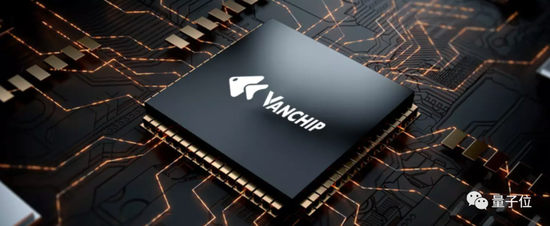
At the same time, Rong Xiuli also paid special attention to research and development when building the Weijie Chuangxin team.
Weijie’s Chief Technology Officer (CTO), Dr. FENG WANG, graduated from the University of Minnesota and worked at Huawei as a design engineer for wireless receivers. R&D directors Lin Sheng and Bai Yunfang have a master’s degree from Fudan University.
The prospectus shows that although the company has less than 300 people, the proportion of R&D personnel has reached two-thirds, of which the undergraduate degree or above is close to 83% of the R&D personnel.
As of the end of 2020, the company has invested 591 million in R&D, accounting for more than 20% of its revenue. The company and its subsidiaries have authorized 37 patents at home and abroad, and 87 exclusive rights to layout design of integrated circuits.

Today, when Vijay Chuangxin was listed, it was already known as “the first stock of RF PA”.
Of course, like the era of high-speed changes in 2G, 3G and 4G, Weijie also needs to deal with the changes in chip technology in the 5G era. From the performance point of view, Weijie Chuangxin has been in a state of loss in recent years, and its net profit has not increased synchronously with its operating income.
Various reasons also led to the poor performance of Weijie Chuangxin on the first day of listing.
Even so, Rong Xiuli’s worth in this IPO has once again become the focus of many people’s attention.
According to the prospectus, Rong Xiuli directly and indirectly holds 24.19% of the shares of Weijie Chuangxin. Based on the opening market value of 18 billion, Rong Xiuli’s personal net worth will increase by another 4.5 billion.
It is inevitable to think of the “glorious moment” when Rong Xiuli ranked 11th with a net worth of 4.2 billion yuan when the Hurun IT Rich List was released in 2008.
Therefore, in addition to the listed company itself, Rong Xiuli’s self-made and ups and downs have once again become the focus of the public.
A scholar who was born as a cow herd girl
Rong Xiuli was born in a small village in Xinxiang City, Henan Province in 1963. Since she was a child, she has shown an unyielding energy.
For example, in the case of cattle herding, Rong Xiuli sang in front of her parents “Who says women are inferior to men” in order to be like the boys in the village.
And her performance is also very outstanding, not only the cattle are the fattest, but also the cattle riding skills are first-class, so the village also gave her the nickname “Rongwazi”.

After reaching the age of study, Rong Xiuli was probably also because of this self-confidence, and her grades have always been very good, and her only dream at that time was to be admitted to a university.
Her hard work paid off. She finally realized this dream in 1979 and was successfully admitted to Hunan University, majoring in internal combustion engines.
There are 35 students in the class, and there are only four girls, and Rong Xiuli is one of them.
In addition to learning, Rong Xiuli can also be said to be gifted in sports.
When she first went to college, she was favored by many coaches of the track and field, basketball and volleyball teams because of her height advantage.
But because he prefers “speed”, Rong Xiuli joined the track and field team.
It is said that Rong Xiuli insisted on training every day during college and won the championship in the track and field sprint in colleges and universities in Hunan Province for three consecutive years.
And her record of more than 11 seconds, once held, is 10 years.
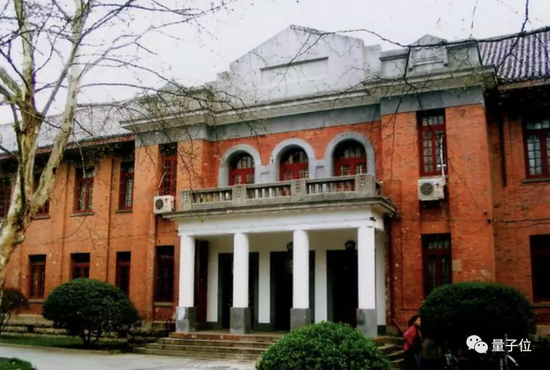
After graduation, Rong Xiuli was assigned to work in Luoyang Tractor Research Institute due to her excellent grades.
Although the daily work is relatively boring, she still has the strength to not admit defeat.
In ten years, Rong Xiuli became a middle-level cadre of the institute.
But at the time, in 1992, times and technology were changing rapidly and dramatically.
Rong Xiuli did not want to guard her own acre of land, so she resolutely chose to go to Beijing to study for an MBA at China Europe Business School.
That is, during this period of study, Rong Xiuli traveled to France, Italy and other countries, broadening her horizons.
More importantly, Rong Xiuli found her interest – doing business in sales.
The Birth of a Generation of “Cotton Legends”
In 1993, she joined a small company operating telephone exchanges and other communication equipment.
In the second half of the year, just as Finland’s largest mobile phone agent “Bailifeng” planned to enter the Chinese market, it entrusted Rong Xiuli’s company to do research.
After some research work, Rong Xiuli believed that the BP machine was the mainstream at that time, but it was very inconvenient (no instant messaging), so she suggested that the boss win the agency.
However, the development of the market was not as smooth as Rong Xiuli thought. At that time, the mobile phone was called “Big Brother”, not only the cost was high, but the signal was not good…

In the end, Rong Xiuli’s company had a debt of 1.6 million yuan, and her Hong Kong boss was still preparing to emigrate.
But she did not admit defeat in the face of this situation:
Losing so much money is what you lent me, and I’ll pay you back the loan shark.
Make money, why can’t you get it back? One of the advantages of studying an MBA is that it swells your confidence and firmly believes that the money will be earned back!
In this way, Rong Xiuli took over the company’s inventory and Bailifeng’s agency in 1995, and established Bailifeng Communication Company.
Her company has done a lot of business, as a Nortel agent, a wholesaler, and a Samsung agent. Slowly, Rong Xiuli earned her first pot of gold.
But Rong Xiuli, who has made money, is not satisfied with this – why not just make mobile phones?
So, in 2003, she decided to go upstream and register Tianyu Langtong Company.
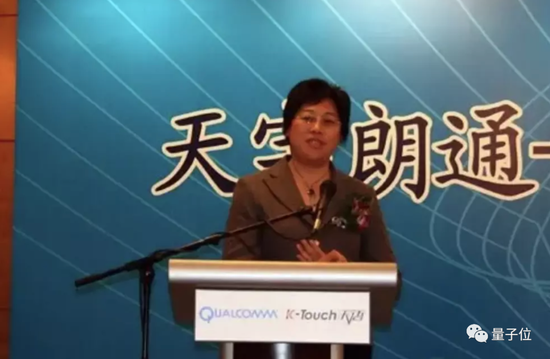
Later, the Tianyu mobile phone, which we know as “Legend of Shanzhai”, was born.
At first, Tianyu Mobile also tried self-development, but the result was a loss of 80 million yuan.
Under the pressure of high R&D costs, Rong Xiuli was forced to “outsource” the most important part of the mobile phone, namely the chip technology, to MediaTek.
As for the reason, it is very simple, because MediaTek was cheap at that time, and it could also provide mobile phone design solutions.

As a result, Rong Xiuli sold 10 million mobile phones in 2006 due to the right time and place.
In 2008, it surpassed Gionee and Huawei with sales of 24 million, and stood at the top of the pyramid of domestic mobile phones.
In the same year, after Warburg Pincus invested 530 million yuan in Tianyu Mobile, Rong Xiuli also announced:
Tianyu will enter the mid-to-high-end mobile phone market from the traditional low-end mobile phone market.
But in 2009, the year known as the first year of China’s 3G, the turning point was quietly staged.
At that time, China Unicom introduced the iPhone, which can be said to have opened the curtain of the domestic smartphone market, and this has also changed the mobile phone channel, and operators have become more and more important.

And Rong Xiuli’s choice at that time was to cut down social channels on a large scale…but this decision caused Tianyu’s sales to plummet.
At this time, in addition to Apple, Samsung, Xiaomi, vivo, and OPPO have already entered the stage of history.
There was another choice, and Rong Xiuli also made a wrong bet.
That is, Google withdrew from the Chinese market in 2010. She thinks that Google is no longer there. Who will use Android?
So Rong Xiuli decisively gave up Android and chose Microsoft…
And with the development of the mobile age, the final answer is obvious.
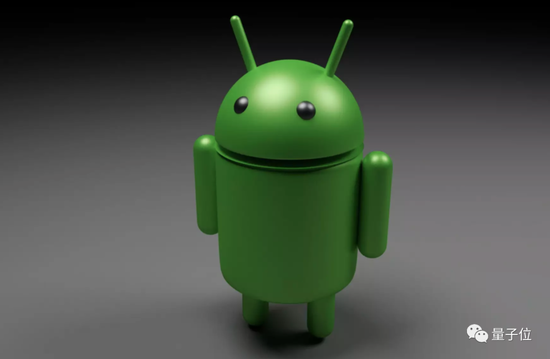
In the end, Tianyu mobile phones have been reduced to the level of old-fashioned machines.
…
Later, some people commented that the experience of the “shanzhai machine godmother” was a channel for success and a channel for failure; some people said that Rong Xiuli failed to grasp the life-saving straw of Android.
But there is no doubt that Rong Xiuli and her Tianyu mobile phone really made domestic mobile phones brilliant in those years.
And now, Rong Xiuli, who is still reluctant to admit defeat, returns with the chip, can he continue to write a legend?
We will wait and see.

(Disclaimer: This article only represents the author’s point of view and does not represent the position of Sina.com.)
This article is reproduced from: http://finance.sina.com.cn/tech/csj/2022-04-24/doc-imcwipii6161927.shtml
This site is for inclusion only, and the copyright belongs to the original author.